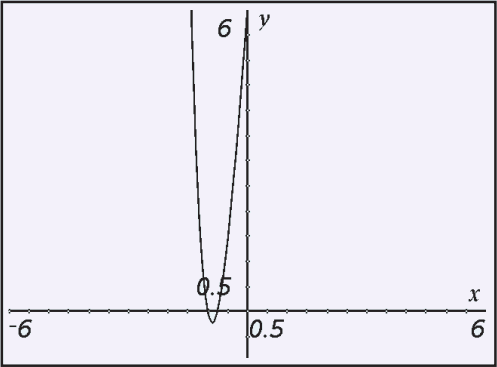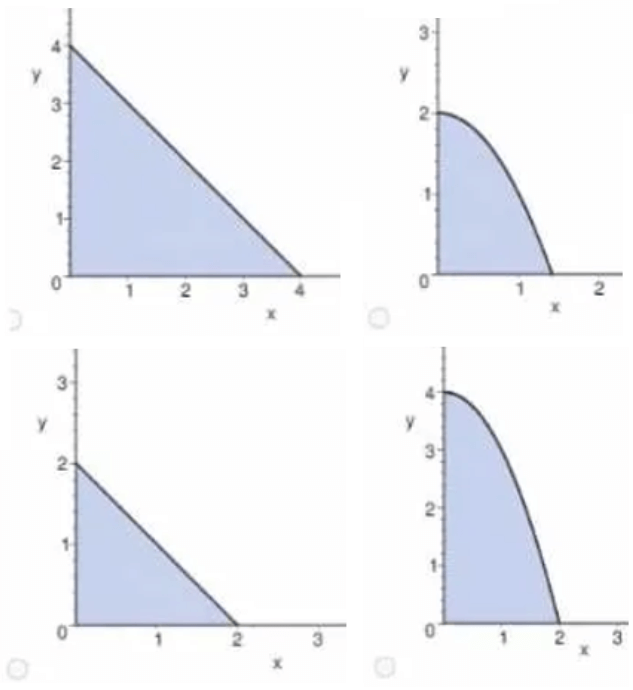ADDING RATIONAL NUMBERS WITH THE SAME SIGN
Example 1 :
Add (-2/3) and (-1/3).
Solution :
Step 1 :
Find the absolute values.
|-2/3| = 2/3 and |-1/3| = 1/3
Step 2 :
Find the sum of the absolute values :
2/3 + 1/3 = (2+1) / 3
2/3 + 1/3 = 3/3
2/3 + 1/3 = 1
Step 3 :
Use the sign of the rational numbers to write the sum.
(-2/3) + (-1/3) = -1
Example 2 :
Add (+2/5) and (+1/5).
Solution :
Step 1 :
Find the absolute values.
|+2/5| = 2/5 and |+1/5| = 1/5
Step 2 :
Find the sum of the absolute values :
2/5 + 1/5 = (2+1)/5
2/5 + 1/5 = 3/5
Step 3 :
Use the sign of the rational numbers to write the sum.
(+2/5) + (+1/5) = +3/5
Example 3 :
Malachi hikes for 2.5 miles and stops for lunch. Then he hikes for 1.5 more miles. How many miles did he hike altogether?
Solution :
Step 1 :
Use positive numbers to represent the distance Malachi hiked.
Step 2 :
Find 2.5 + 1.5.
Let us use the real number line to add 2.5 and 1.5.
Step 3 :
Start at 2.5.

Step 4 :
Move 1.5 units to the right because the second addend is positive.
The result is 4.
So, Malachi hiked 4 miles.
Example 4 :
Kyle pours out 3/4 liter of liquid from a beaker. Then he pours out another 1/2 liter of liquid. What is the overall change in the amount of liquid in the beaker?
Solution :
Step 1 :
Use negative numbers to represent amounts the change each time Kyle pours liquid from the beaker.
Step 2 :
Find -3/4 + (-1/2).
Let us use the real number line to add -3/4 and -1/2.
Step 3 :
Start at -3/4.

Step 4 :
Move | -1/2 | = 1/2 unit to the left because the second addend is negative.
The result is -1 1/4.
So, the amount of liquid in the beaker has decreased by 1 1/4 liters.
Kindly mail your feedback to v4formath@gmail.com
We always appreciate your feedback.
©All rights reserved. onlinemath4all.com
Recent Articles
-
Rational Root Theorem
Feb 06, 25 07:42 PM
Rational Root Theorem or Rational Zero Theorem - Concept - Examples -
How to Find Pythagorean Triplet from One Number
Feb 06, 25 06:10 PM
How to Find Pythagorean Triplet from One Number - Concept - Examples with step by step explanation -
AP Calculus AB Problems with Solutions (Part - 10)
Feb 06, 25 09:46 AM
AP Calculus AB Problems with Solutions (Part - 10)

